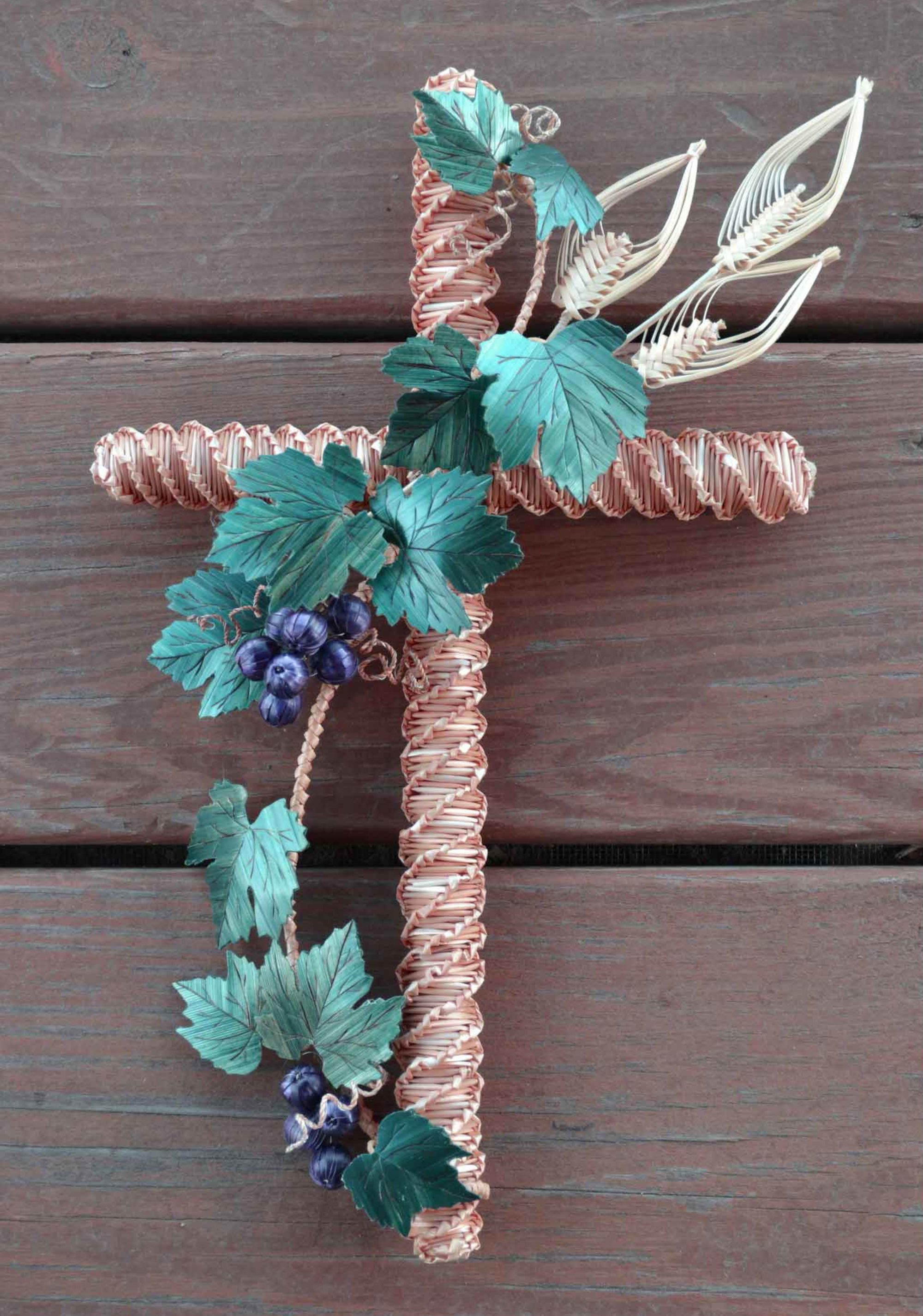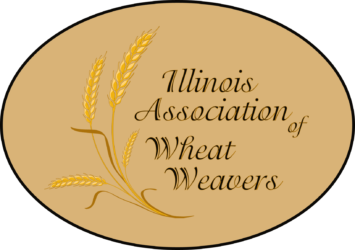The Illinois Association of Wheat Weavers
The Illinois Association of Wheat Weavers is dedicated to preserving the historic art of wheat weaving and sharing the craft with future generations. The techniques and practice of weaving wheat began thousands of years ago and have evolved to a beautiful art form around the world. IAWW exists today to further develop this craft, teach others the heritage of straw arts and to build a bond with other wheat weavers throughout the world.
IAWW was organized in 1987 at the Shad Hill Arts and Craft Center in Farmington, Illinois. Our members gather to share techniques, materials and stories while creating beautiful wheat items such as wreaths, crosses, hearts, jewelry, and ornaments.
We encourage you to browse our gallery of hand-created straw art and learn more about our organization. Visitors are always welcome to attend our meetings and events. IAWW members are available to teach hands-on activities or lead demonstrations to groups such as schools, scouts or church organizations. Please contact us with any questions about how to join our group or get involved in the art of wheat weaving.
Techniques of Straw Art
Wheat is a versatile and unique art medium. There are several techniques used today to create the various straw art forms.
Plaiting – pronounced with a short a, plaiting is also called braiding or wheat weaving. Hundreds of different plait styles and designs can be made by simply folding and knotting the straw.
Marquetry – similar to quilting or inlayed wood work, this technique uses bits of dyed and flattened straw to form intricate patterns on flat items such as jewelry boxes or on three-dimensional items such as Christmas ornaments.
Swiss Straw – originally developed in Switzerland to produce trimmings for straw hats, this technique involves splitting and spinning the straw into fine “threads” and weaving them into designs like lace.
Origin of Straw Art and Wheat Weaving:
The origin of weaving straw into harvest symbols began in primitive times in the European countries. It was believed that the “Spirit of the Harvest” lived in the grain and would move ahead of the reapers as they worked, eventually coming to rest in the last grain to be cut. They gathered the last grain, wove it into one of the variety of traditional forms and hung it in their home. It was carefully preserved until the next spring when the grain from the woven piece was taken to the field and planted. This released the spirit back into the field to ensure yet another bountiful harvest.


